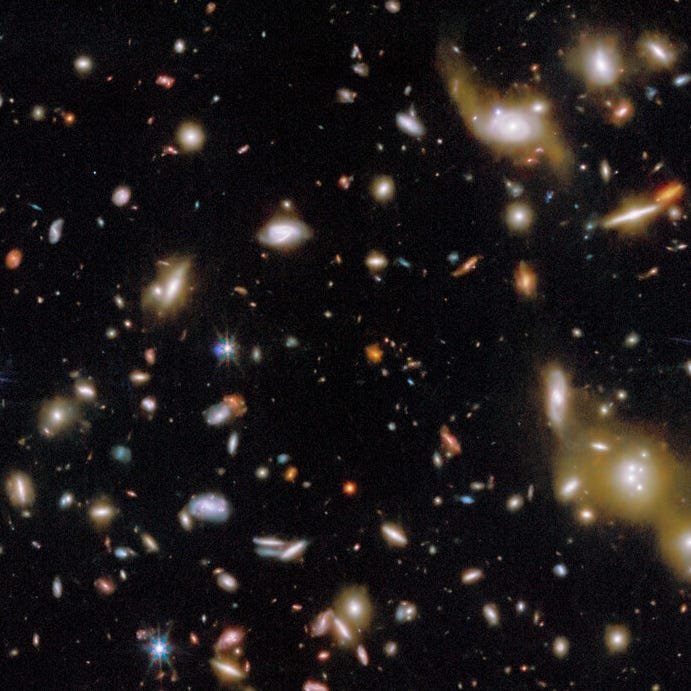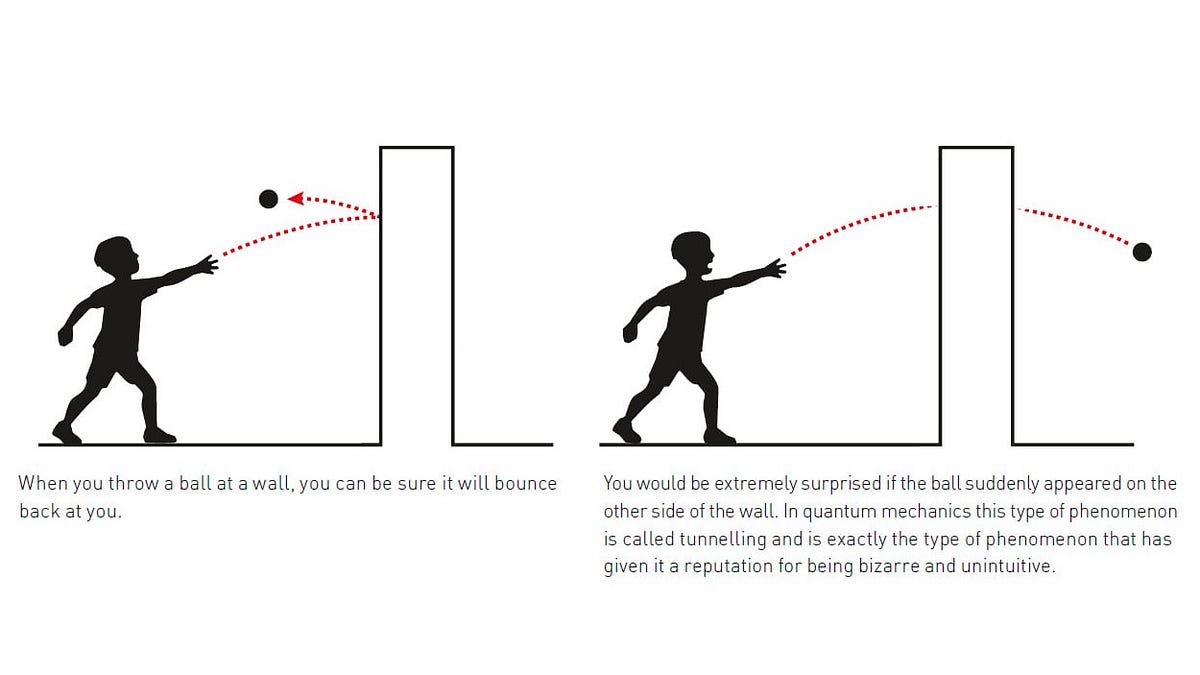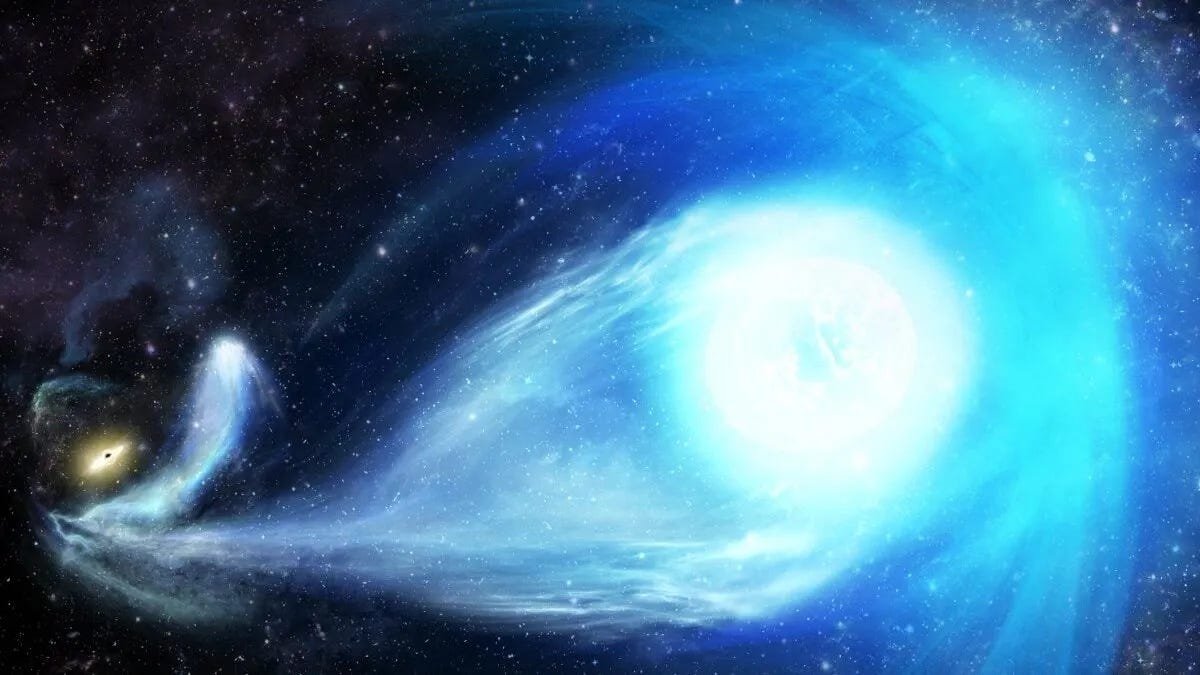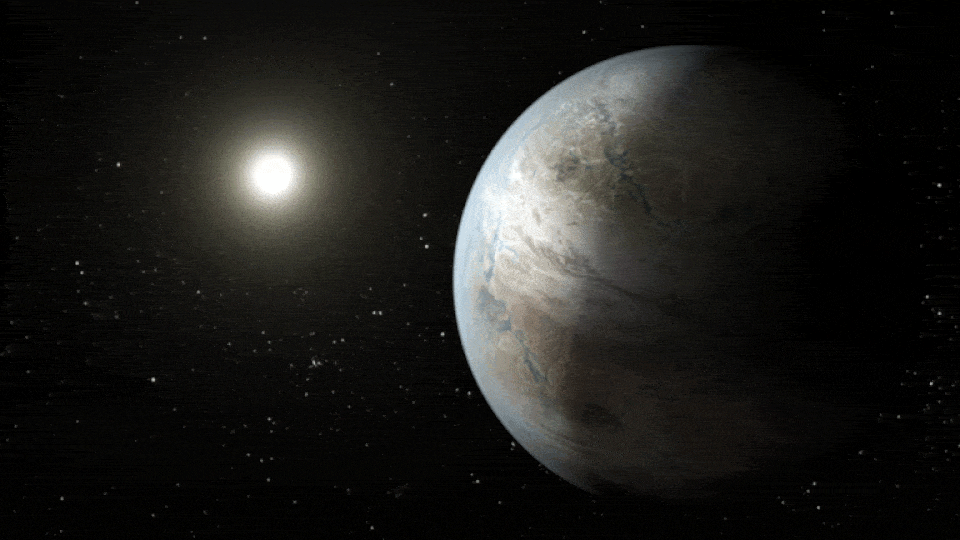
LIGO’s 10th anniversary gift confirms Hawking’s theorem | by Ethan Siegel | Starts With A Bang! | Sep, 2025
10 years ago, LIGO first began directly detecting gravitational waves. Now better than ever, it’s revealing previously unreachable features.
It’s hard to believe, but it’s now been 10 full years since the twin Advanced LIGO detectors — in Hanford, WA and Livingston, LA — were completed and turned on for the first time. Just days after they began operations, they saw the first-ever directly detected gravitational wave: GW150914, which signified the merger of two black holes. From across the Universe, a black hole of 36 times the mass of the Sun merged with another of 29 times the Sun’s mass, producing a remnant black hole of just 62 solar masses, with the other 3 solar masses getting converted into gravitational radiation via Einstein’s E = mc².
When those emitted waves arrived in each of the twin LIGO detectors, they changed the length of LIGO’s incredibly long, precise laser arms by less than the width of a single proton. Yet the signal was strong enough, and LIGO was sensitive enough, that those black hole properties could all be reconstructed, with the fact that the signals from both detectors matched showing that it wasn’t noise, it wasn’t an injected signal, and it wasn’t a fluke. For the first time in history, we had detected…




